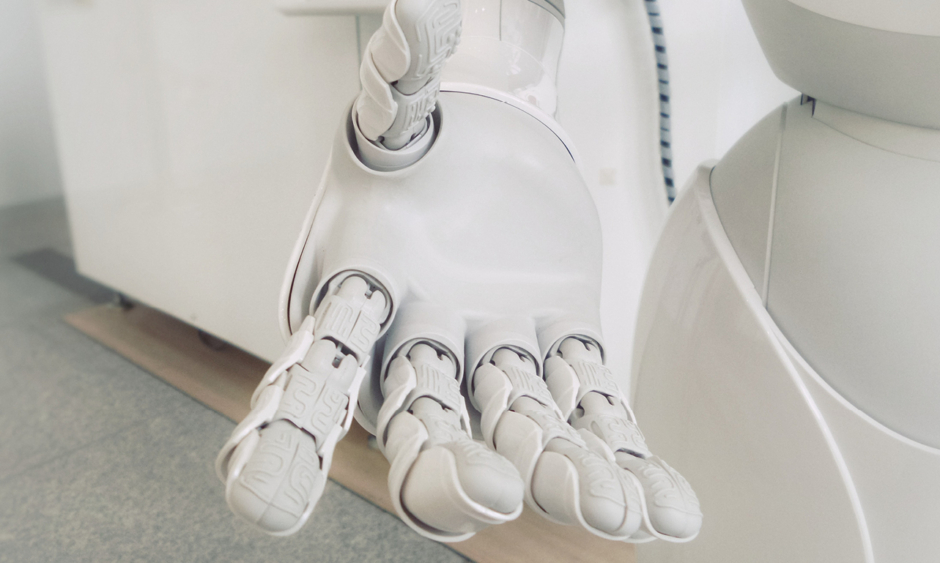ROBOTICISTS have developed flexible medical robots and a GPS-system to easily locate them in the human body, claiming this new system offers greater advantages over current magnet localisation methods.
Researchers Dr Tania Morimoto and Dr Connor Watson from The University California, San Diego, California, USA, embedded a magnet into the tip of a flexible robot. Ideal for medical settings, the robot is soft, and its flexibility allows it to pass through fragile passages in the human body, such as an arterial narrowing. Dr Watson commented: “We worked with a growing robot, which is a robot made of a very thin nylon that we invert, almost like a sock, and pressurise with a fluid which causes the robot to grow.”
The robot’s location in the body was predicted by a computer model developed from magnet localisation methods. The magnetic field strength of the embedded magnet was measured using sensors situated close to it, allowing researchers to then determine the robot’s actual location in the body.
The researchers trained a neural network to learn the difference between what the sensors were reading and what the model said the sensors should be reading. This meant that accurate determination of the robot tip location was developed even further. “Continuum medical robots work really well in highly constrained environments inside the body,” explained Dr Morimoto. “They’re inherently safer and more compliant than rigid tools. But it becomes a lot harder to track their location and their shape inside the body. And so, if we are able track them more easily that would be a great benefit both to patients and surgeons.”
Advanced growing robotic methods are costly and often require radiation exposure. This new system is both affordable and does not require such exposure, conferring greater advantages over existing highly developed systems.








